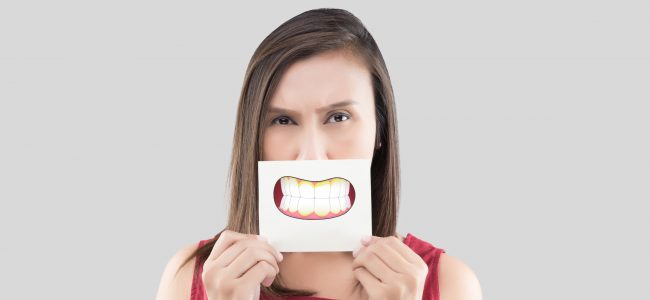Can I Remove Tartar at Home?
Plaque, tartar, and dental calculus are all important terms relating to dental health. But is there a difference between each one, or do they all describe the same dental condition? The answer is…yes and no, keep reading…
Plaque that builds up over time becomes tartar or dental calculus. Just a reminder – plaque is the sticky, colorless substance that attaches to tooth surfaces. Once plaque builds up, it forms the hard calcified deposit called tartar. In the dental community, tartar is more regularly called calculus (just in case you want to sound like a dentist).
So why is the buildup of plaque a problem? Plaque and tartar contain bacteria that irritate and damage teeth and gums. If left on tooth surfaces, these bacteria can eventually lead to bigger dental health issues like cavities, gum disease, and receding gums – just to name a few.
Signs of Tartar Buildup
According to the Cleveland Clinic, a fuzzy feeling on the teeth is the top sign that you have plaque. Other indicators include:
- Chronic bad breath (halitosis).
- Red, swollen, tender gums that bleed after brushing (gum disease).
Ways to Combat Tartar from Home
Your dentist or dental hygienist will remove stubborn tartar buildup stuck to tooth surfaces during dental visits and cleanings. They use special instruments to remove the buildup (especially in hard-to-reach areas). And, while you are in the chair, they will perform an exam of your overall dental health. It’s important to visit your dentist twice a year for cleanings because adults that see their dentist regularly are less likely to have plaque-related diseases.
For home care, the ADA recommends says, “Except in unusual cases, you can help prevent gum disease by brushing twice a day and cleaning between your teeth with floss or an interdental cleaner once a day. Choose products that display the ADA Seal of Acceptance, your assurance that they meet the ADA’s criteria for safety and effectiveness. Your dentist may provide additional instructions on cleaning methods or products you can use at home. Avoiding tobacco use and other healthy measures, such as eating a balanced diet, are important in preventing periodontal disease.”
